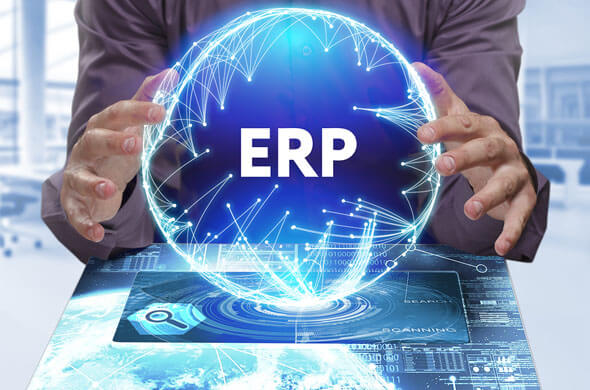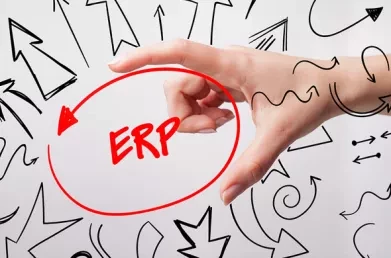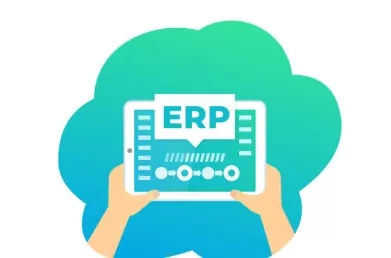ERP VS Best of Breed: What You Need to Consider
The decision on ERP vs. Best of Breed is one that many companies need to make: Do they go with Enterprise Resource Planning (ERP) or Best of Breed (BOB)?
When people talk about making a decision between ERP versus BOB, what they really mean is that they must choose between a standalone Enterprise Resource Planning System and a combination of an ERP system and a Best of Breed. It is not about an ERP system versus an amalgamation of BOBs: that would be a tortuous implementation. However, the decision to ‘simply’ augment your ERP system with one BOB is not that straightforward either.
Sadly, some companies make the decision too quickly: only considering two or three issues such as 'Cost' or 'Degree of Fit'. These are, of course, important but there are other factors that must be considered. Below is an initial list of relevant factors that should be considered:
1. Degree of Fit
As stated above, this is an important factor and “Best of Breeds” tend to be better in regard to “degree of fit” because they:
- Have a much narrower area of focus;
- Tend to get updated more frequently and are therefore more up to date with business process changes;
- Are less complex and therefore less problematic because the equivalent ERP System module has to integrate with (and must run processes to assist) the other ERP system modules.
2. Implementation Phase Factors
In most instances, it is very helpful to have a best of breed as this can be implemented before or after the ERP system ‘Big Bang’ implementation. This allows you to free up more resources for the ERP implementation and you need all the help you can get!
However, having a best of breed means that you have to design, train and migrate data across two systems. You will also need to have extensive testing of the new systems and, in particular, you will need to test the integration thoroughly.
The fact that there is integration is enough to frighten off many buyers but it is important to investigate the level of integration required. It could be minimal or not even necessary (for example, a HR best of breed may not need to talk to an ERP system).
3. Factors Relating to System Maintenace
Over the seven to ten year life of the system, a company will need external support for more than one system and this tends to be more expensive. Furthermore, the probability of a blame-game between the two vendors increases exponentially with the amount of time it takes to resolve a fault!
Upgrades will also be more problematic as they can (and will) come from two sources. That could lead to customisation and to further programming of the integration every time for either system upgrade.
However, there are circumstances when system maintenance is not as challenging. Software as a Service (SaaS) is another option, where the software is provided from a central (vendor-provided) location rather than at each customer's site. SaaS implementations are inclined to be of the ‘Vanilla’ variety (i.e. no customisation allowed) and, therefore, SaaS-enabled Best of Breeds do not need as much support.
4. Hardware & Software Platform Factors
The ERP or Best of Breed vendors may, with justification, demand separate servers and this would mean extra costs and extra back-ups. However, thankfully, this is not always the case (“some vendors do get on”) and, as stated above in relation to SaaS packages, the server, backup and maintenance requirements are dealt with as part of the SaaS offering.
Multiple operating systems, if applicable, can make integration that bit more difficult and, if there is more than one database, there are always going to be issues in relation to data transfer (such as: ”Who sets up the transfer?; “How often does it happen?; and so on).
Another annoying issue, especially to an IT Department, is the myriad of passwords that need to be set up for different operating systems; different databases and different systems if such a worst case scenario were to occur.

5. Leverage
Some companies do not want to rely on one sole vendor as this gives less leverage when applying pressure on a vendor. If it is necessary (for one of a variety of reasons) to finish a relationship with a vendor, it will require less capital, time and resources if one has to replace only one of the systems.
6. Strategic Advantage
As an example of this, consider the growth of promotions in the Fast Moving Consumer Goods (FMCG) sector in the last couple of years. This is an area that has become very complicated and intricate in a short period of time and a standard ERP system may not have a development or upgrade cycle as dynamic as a Best of Breed for the processes within this sector. Thus, companies who feel that they operate in a very dynamic environment will give serious consideration to a BOB system.
7. Multinational Capability
It may be expedient for a multinational to purchase a Best of Breed system to cater for processes that are very specific to a particular country (for example software that generates customs documentation).
8. Potential Consolidation
It's worth bearing in mind that Best of Breeds may consolidate or indeed be bought out by bigger ‘players’ in the IT/IS sector. We have seen this with three business intelligence vendors, Hyperion; Business Objects; and Cognos, purchased by Oracle, SAP and IBM respectively. This is a feature of the enterprise software sector, so it's worthy of consideration.
9. ERP Cost
Last but not least, we must consider ERP cost as a factor. Many people assume that it is more expensive when companies choose to go with a BOB in combination with an ERP but this is not necessarily true. An ERP system may require costly customisation for a specific organisation and, in that case, it may be better to look at a BOB as a solution. The key here is to get as accurate an estimation as possible of the cost and then make the decision based on cost and the other factors mentioned above.
So, in conclusion, the decision to go with a stand-alone ERP system versus a combination of ERP and Best of Breed is not easy. In fact, making the wrong decision could have serious repercussions for a company. Our advice is to fully consider (and understand) the extent to which all of the above factors are applicable to your company before you decide which way to go. Take your time before you start spending your money. To paraphrase an old saying: Decide in Haste; Repent at Leisure!
This blog was written by Martin Commins, Principal Consultant at Lumenia. If you would like further information on ERP versus BOB please send an e-mail to Martin Commins.


